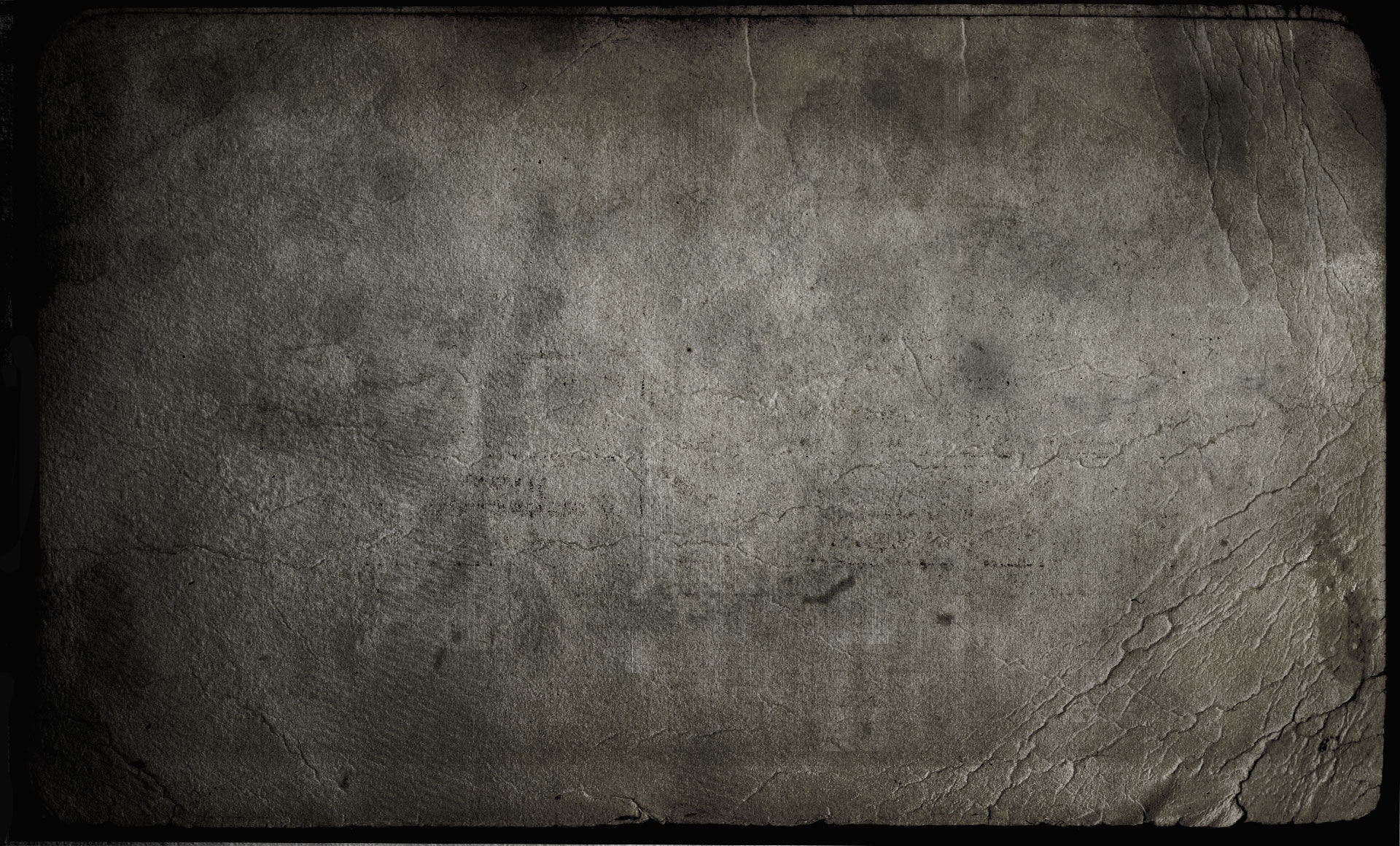ANANTAKARA: Ashta (2021)
- Sylvain Lupari

- Aug 29, 2021
- 4 min read
Updated: Aug 31, 2021
“Ashta reveals that anti-music can serve as a springboard to astonishing structures”

1 The Amethyst Valley 7:16
2 The Citrine Valley 6:56
3 The Hematite Valley 6:08
4 The Jade Valley 6:24
5 The Lapis-Lazuli Valley 6:24
6 The Opal Valley 5:40
7 The Topaz Valley 7:28
8 The journey is the Destination 12:32
(DDL 58:48) (V.F.)
(Ambient, abstract, tribal)
It's on a bed of sequenced oscillations that The Amethyst Valley wastes no time in identifying a musical universe that seems inspired by the minimalist works of Steve Reich and Philip Glass. These loops, which come and go in an elastic lasso effect, initiate a second movement of the sequencer which releases marbles gambolling with their limpid tone under a bridge of orchestral effects, including diversified flutes. The gambolling sequences offer a hypnotic perspective as they flicker freely before being invaded again by those invisible flautists and their sequenced chant. Those who follow my reviews know how much I love Anantakara's admittedly complex acoustic and electronic worlds. But joining his visions to the more crazy ones of Frédéric Gerchambeau adds a zest of suspense to the discovery of ASHTA. Acoustic and orchestral visions clash in an album closer to the doors of abstract music. I won't lie to you, ASHTA is a difficult album to access that requires patience and also to trust Philippe Wauman's flair in his role of sound calligrapher. Because behind these loops of repetitive rhythm structured around sound effects put in sequenced balls, hides beautiful hypnotic structures which develop in chaotic harmonies which are not always banal. I found a beautiful and creative album that has nothing to do with the genre that I review here, belonging much more to the worlds of Mike Oldfield, Philip Glass and alike. But being an album of Anantakara...
This first rhythm structure of ASHTA serves the cause of The Citrine Valley. The track lays its anchor on another magnetizing movement fed with glittering marbles in an imperfect rotation. The bowing strokes conceal the anomaly of these minimalist loops, as well as the timid presence of an acoustic six-string. A guitar that dominates a frenetic Native American tribal rhythm with its sequenced chords emerging quietly after the 2nd minute, structuring a pagan trance which reaches to heights of serenity as wind and later string instruments add a more passionate aspect to this esoteric track. From the start, ASHTA has been a seamless cultural experience to listen to and discover. The Jade Valley is the first discordant nugget of this album. The principle of marbles gamboling in imperfect circles also applies to its opening. The rhythmic structure is subdivided into a repetitive whole based on the effects of cannons. The frantic chants of a prismatic voice fly freely over the first minute. This is followed by insistent blasts that resonate with circles of reverberations coming closer, building two wildly opposed rhythmic visions. The voice is now replaced by horns screaming over the same harmonic beat while sonic squiggles mar the progression of a track running freely on the creative madness of its two creators. You have to listen carefully to this The Jade Valley in order to appreciate these musical elements that weld together in a chaos always ready to release a filter of charm.
We made it halfway through the album to hear the festive rhythm of The Lapis-Lazuli Valley. The percussion work is phenomenal on this track, which also relies on repetitive loops to provide a strong texture of rhythm rolling constantly. It's ideal to make a saxophone sing in stereo, while still tinkling with the rhythmic utensils and the thread of an acoustic six-string that makes a fascinating harmonic duel to this light and festive track that a piano is waiting for at its finale. Austere with its march of shadows, as well as playful with the pinched chords of an acoustic instrument, The Opal Valley welcomes a rhythmic structure set on circles of chirpings to make moves its tortuous symbolic march. Here, the two musicians give the impression that the discord is best accepted on a dance rhythm where a piano lost in this rhythmic current is dancing while being guided by a hungry bass line. And it gives the expected effect until the rhythm collapses to let hear a fluty air on a texture of sequenced chirps. An exercise as difficult as The Jade Valley, while The Topaz Valley exploits a similar structure that keeps developing to offer us a very intense and passionate moment. A sonic chaos delivered in sequenced loops supports the minimalist approach of The journey is the Destination that makes hear through each instrument a reason to annex them to this long sonic journey that flirts with abstract music. Except that when discouragement takes hold of our will to like this album, and that is as much here as in most of ASHTA's tracks, there is always an element that comes out, like bugles, bell tinkling and even a new rhythmic direction, to bolt us to our headphones.
No lies, this is an album that requires a lot of patience to let discover its charms. And they are numerous! Structures, for the most part disjointed and even crazy, ASHTA reveals that anti-music can serve as a springboard to astonishing structures that highlights the genius of Anantakara and of Frédéric Gerchambeau who sounds much better here than with my friend
PS: The CD will be available in September
Sylvain Lupari (August 29th, 2021) *****
Available at Anantakara Bandcamp




Comments